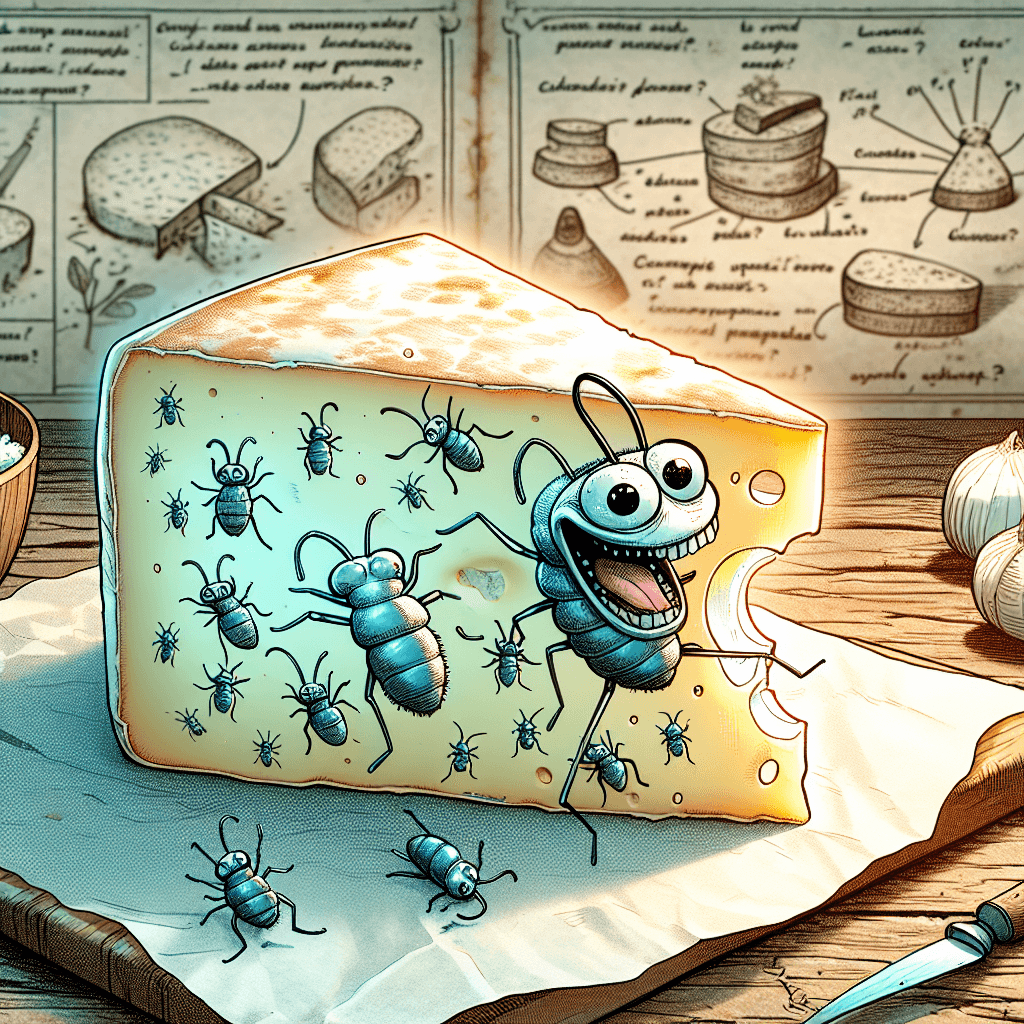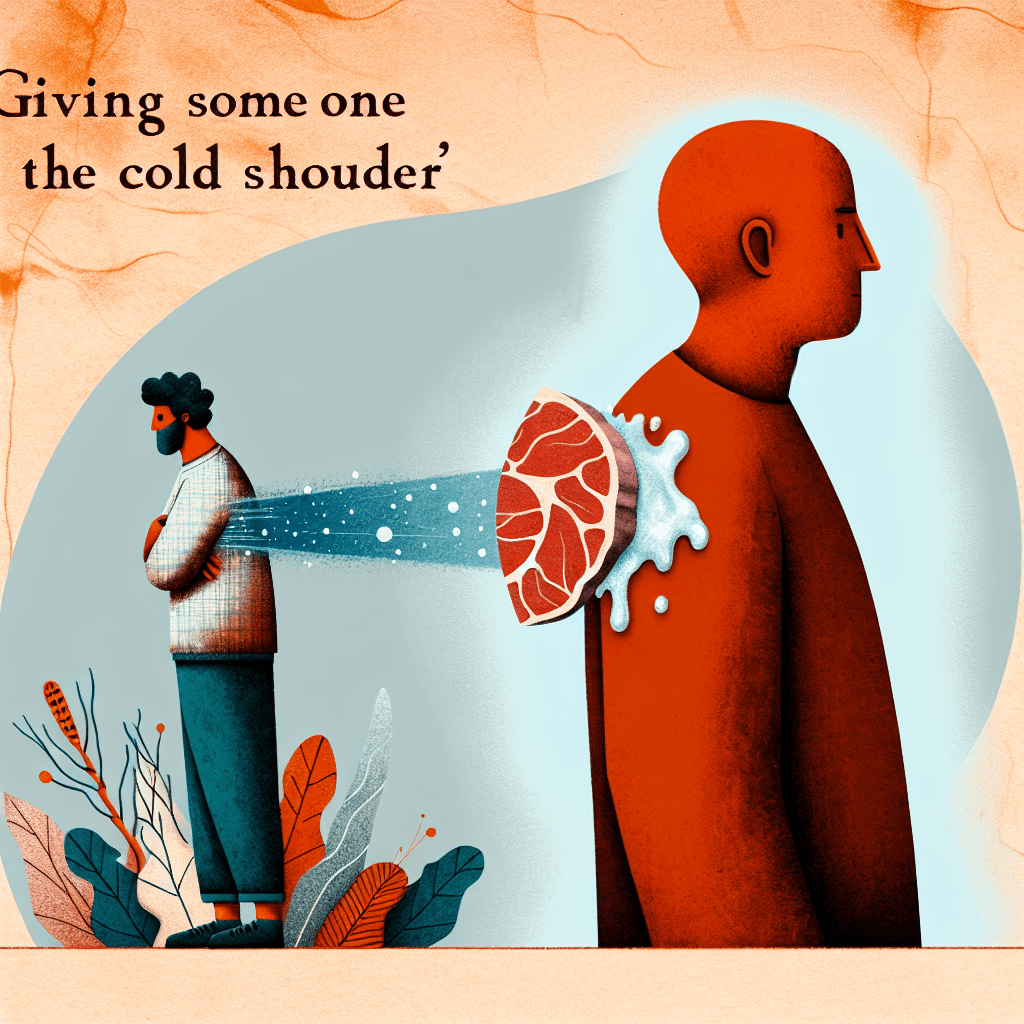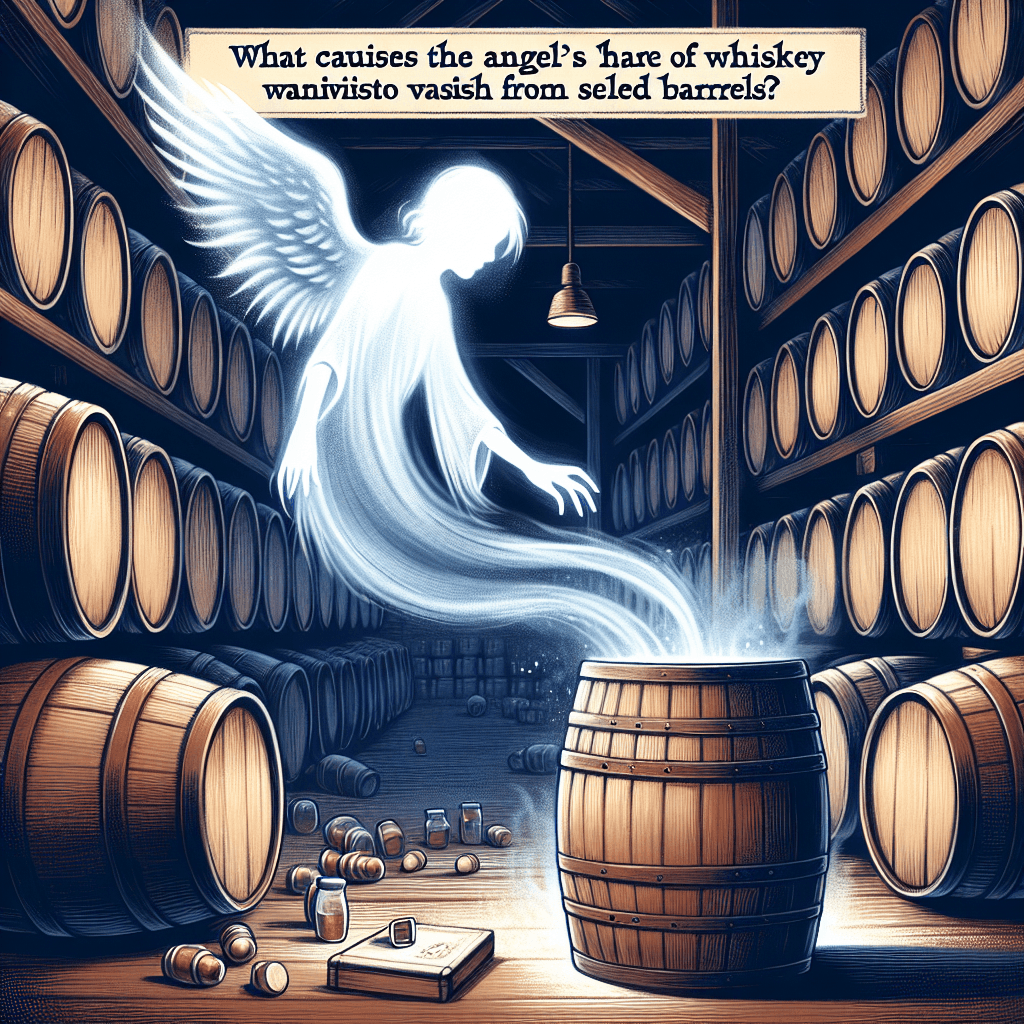Why do some cheeses contain live, jumping insect larvae
What if the secret ingredient to a prized, gourmet cheese was thousands of live, jumping insect larvae? Uncover the bizarre and stomach-churning tradition behind this controversial delicacy.


Too Long; Didn't Read
TLDR: A traditional Sardinian cheese called Casu Marzu is intentionally infested with live insect larvae. The larvae digest the cheese, making it extremely soft and giving it a very strong, pungent flavor that is considered a local delicacy.
A Culinary Curiosity: Why Do Some Cheeses Contain Live, Jumping Insect Larvae?
Imagine sitting down to enjoy a piece of artisanal cheese, only to find it teeming with tiny, translucent worms writhing and jumping from the surface. While this might sound like a scene from a horror film or a case of severe food contamination, for some, it's a revered culinary tradition. This isn't just any spoiled cheese; it's a specific delicacy with a long history. The presence of live insect larvae is not an accident but the very essence of its creation. This blog post will delve into the world of this infamous cheese, exploring the science, culture, and controversy behind this unique food to answer the question: why are live, jumping larvae a key ingredient?
Meet Casu Marzu: The "Rotten Cheese" of Sardinia
The cheese in question is known as casu marzu, which translates from the Sardinian dialect to "rotten cheese" or "putrid cheese." Hailing from the Italian island of Sardinia, this food holds a place in the Guinness World Records as the "world's most dangerous cheese."
Its foundation is a classic Pecorino Sardo, a firm cheese made from sheep's milk. However, the cheesemaking process takes a radical turn. The top crust of the Pecorino is sliced off, and it's left outdoors to become a welcoming host for a specific type of insect. This deliberate exposure is the critical step that transforms a simple sheep's cheese into one of the most talked-about foods on the planet.
The Secret Ingredient: Piophila casei, the Cheese Fly
The transformation of Pecorino into casu marzu is entirely dependent on one creature: the cheese fly, scientifically known as Piophila casei.
Cheesemakers intentionally encourage these flies to lay their eggs inside the cheese. Here’s how the process unfolds:
- Incubation: Once the flies lay their eggs in the cracks of the cheese, it's moved to a dark hut to mature for two to three months.
- Hatching: The eggs hatch into thousands of tiny, translucent larvae (maggots), which are about 8 millimeters long.
- Fermentation: The larvae begin to eat their way through the cheese. The magic happens during their digestion. The acids from their digestive systems break down the cheese's fats, a process of advanced fermentation that results in a very soft, creamy, almost liquid-like texture.
- The "Jumping": The larvae are also known as "cheese skippers" for their remarkable ability to launch themselves up to 15 centimeters (6 inches) into the air when disturbed. This is a defense mechanism, but it has become a signature feature of the cheese-eating experience.
The larvae are, therefore, not a sign of spoilage but the active agents of fermentation. Their work is what gives casu marzu its famously pungent, ammonia-like aroma and its sharp, intense flavor that lingers for hours.
A Treasured Tradition or a Health Hazard?
In Sardinia, casu marzu is more than just a novelty; it's a deep-rooted tradition, often served at weddings and family celebrations, spread on thin Sardinian flatbread (pane carasau) and paired with a strong red wine. Many locals consider it an aphrodisiac and a delicacy that connects them to their pastoral heritage.
However, health officials and food safety experts see it differently. The primary health concern is a condition called intestinal myiasis. If the larvae are consumed and survive the stomach acid, they can temporarily take up residence in the intestines, causing symptoms like nausea, vomiting, abdominal pain, and bloody diarrhea.
Because of these health risks, the commercial production and sale of casu marzu have been illegal in Italy and across the European Union for decades. Despite the ban, Sardinians have continued to produce it for personal consumption, and a thriving black market exists for those determined to taste it. In recent years, some producers have worked with researchers to develop a more controlled, hygienic production method, hoping to one day earn a protected designation of origin (PDO) status and make the cheese legal again.
Conclusion
The reason some cheeses contain live, jumping insect larvae is not due to contamination but to a deliberate, traditional cheesemaking technique. In the case of Sardinia's casu marzu, the larvae of the cheese fly are the essential ingredient that drives a unique fermentation process, creating a soft, creamy cheese with an intensely sharp flavor. This practice perfectly illustrates the incredible diversity of global food cultures, where one person's health hazard is another's treasured delicacy. While its safety and legality remain fiercely debated, casu marzu stands as a powerful testament to the strange and wonderful ways humans have developed to transform and preserve food.


